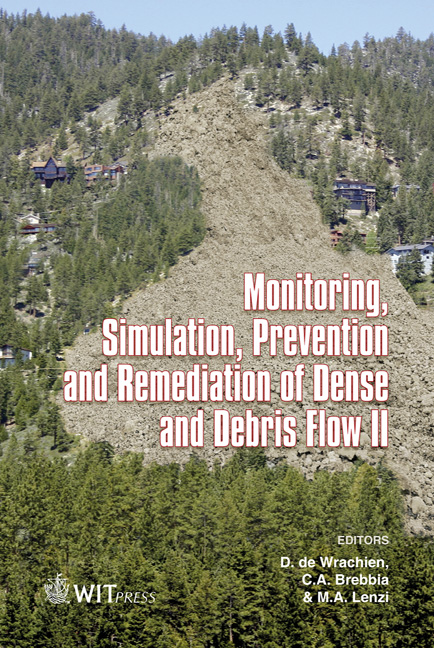Role And Management Of In-channel Wood In Relation To Flood Events In Southern Andes Basins
Price
Free (open access)
Transaction
Volume
60
Pages
10
Page Range
207 - 216
Published
2008
Size
3,224 kb
Paper DOI
10.2495/DEB080211
Copyright
WIT Press
Author(s)
L. Mao, F. Comiti, A. Andreoli, L. Picco1, M. A. Lenzi, A.Urciulo, R. Iturraspe & A. Iroumè
Abstract
This paper analyses the connection among wood dynamics, channel morphology and flood risk in mountain basins of the Southern Chilean Andes and of the Argentinean Tierra del Fuego. Guidelines for the management of in-channel wood and of the riparian buffer strip are suggested, along with considerations about possible input from landslides and debris flows. A selection of low-impact check dams specifically designed for the retention of floating LW elements is finally provided. Keywords: woody debris, mountain rivers, flood risk, control works. 1 Introduction Large wood (LW) in mountain streams plays – especially when organized in jams – relevant geomorphic and biological roles which enhance the ecological status of natural channels by increasing morphological diversity and complexity [6]. LW accumulations strongly affect also flow hydraulics and transport/storage of sediments within the channel system, thus conditioning channel dimensions [12] and typology and distribution of bedforms [11]. These beneficial effects persist from low to high flows, and throughout the entire channel network.
Keywords
woody debris, mountain rivers, flood risk, control works.





